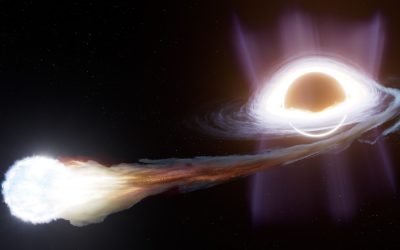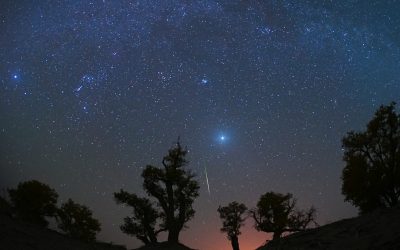Comet Lemmon (C/2025 A6) is undergoing a rapid brightening as it makes its close approach to both the sun and Earth. Already a notable sight through small telescopes and binoculars, the comet could soon achieve naked-eye visibility.
A newly identified comet, first observed on January 3 by the Mount Lemmon Survey in Arizona, now stands as the brightest celestial visitor in our skies since Comet C/2024 G3 (ATLAS) last January. This icy body is slated to reach its closest point to the sun, a phenomenon termed perihelion, on November 8. At this juncture, it will pass approximately 49.25 million miles (79.25 million kilometers) from our star.
With its luminosity rapidly escalating in the predawn sky, stargazers globally are now bracing for its most spectacular, and potentially brightest, display, projected for late October.
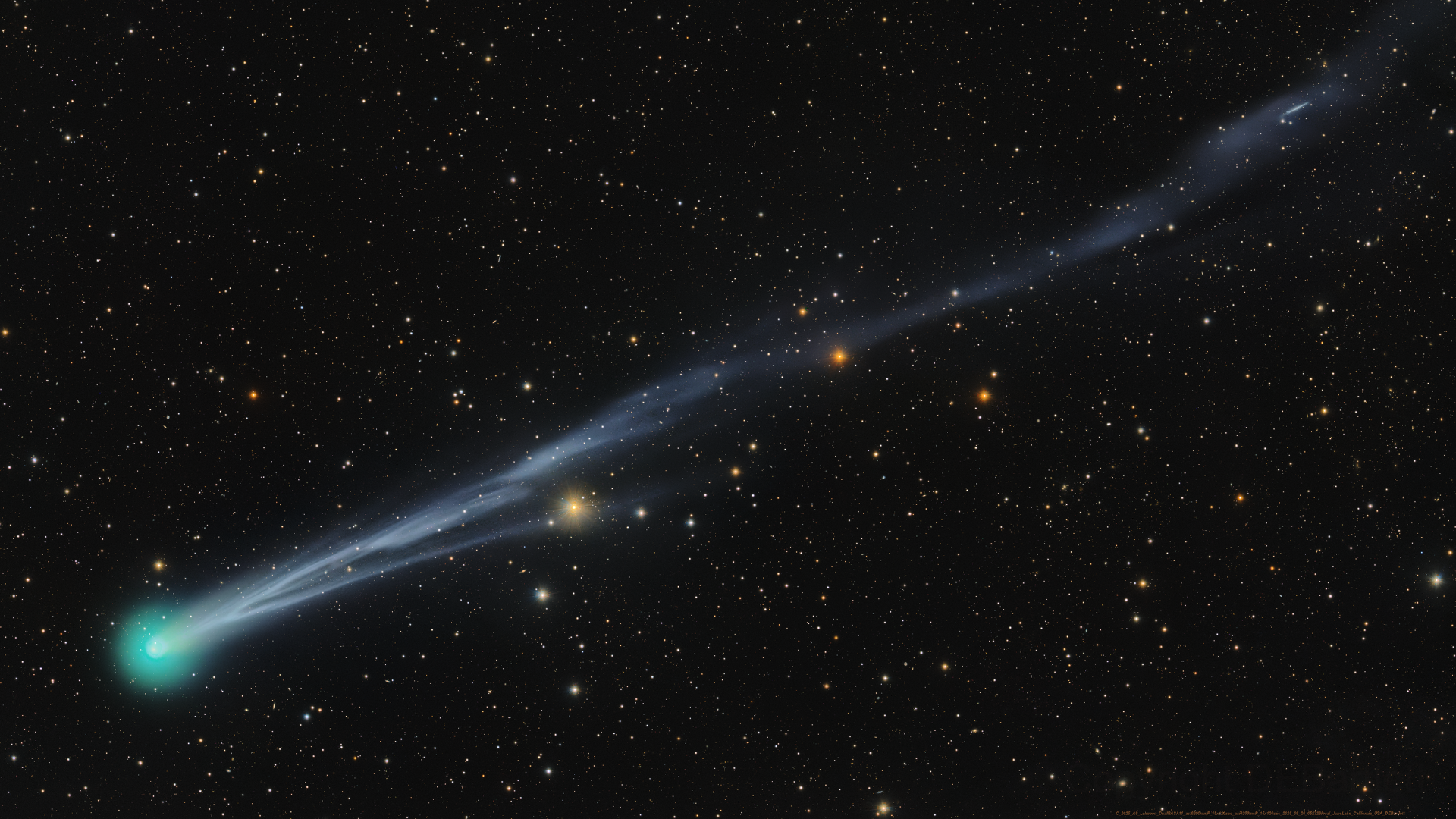
Annually, multiple comets become observable with the aid of binoculars or small telescopes. Yet, the appearance of a comet sufficiently bright to be easily seen with the naked eye is a far more infrequent event, typically occurring only once or twice each decade.
Astronomers anticipate that Comet Lemmon could reach a remarkable +3 magnitude later this month, according to the most optimistic projections. This projected peak brightness rivals Megrez, the star in the Big Dipper that connects its handle to the bowl. For skywatchers, the coming weeks thus present an extraordinary viewing opportunity.
Unlike the distinct, sharp points of stars, comets present a more diffuse and less defined appearance. This distinction was eloquently captured in August 1974 by Kenneth Weaver, an assistant editor for National Geographic magazine. Traveling to the pristine, dark skies of Kitt Peak National Observatory near Tucson, Arizona, Weaver observed Comet Kohoutek, providing a description that offered insight into comets comparable to those like ‘Lemmon’.
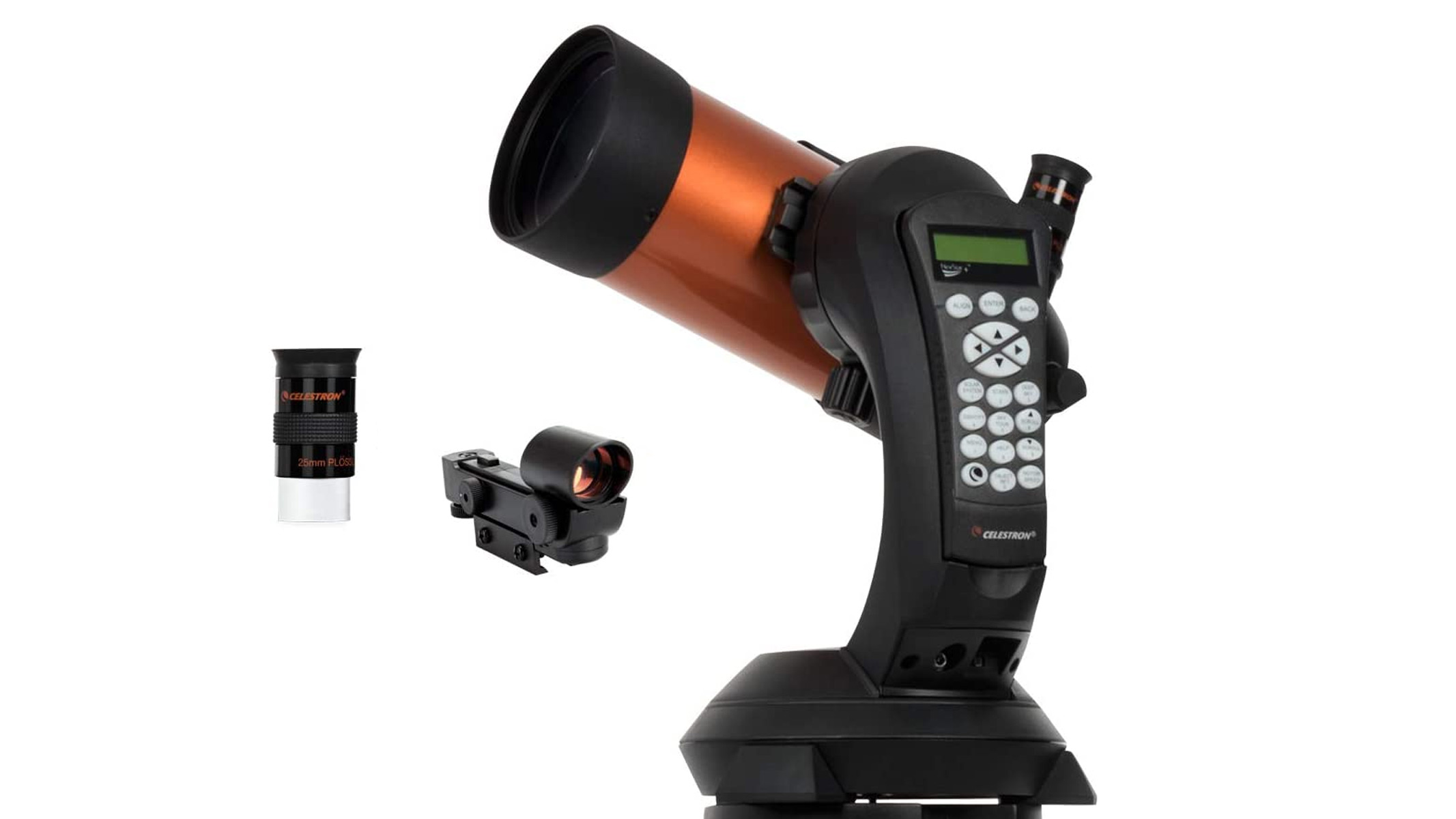
Without any preliminary flash or dazzling light show, a remarkable celestial event materialized in an instant. Eyewitnesses described a sudden, swift white stroke, as if an immense, whitewash-laden brush had glided across the obsidian expanse of the night sky. This ethereal streak was observed hovering above a softly glowing, indistinct form.
More than half a century ago, when Mr. Weaver documented a comet of modest brilliance, he did so from a location entirely free of light pollution. In stark contrast, the ubiquitous and ever-intensifying glare of modern lighting now makes finding such pristine, dark, and star-filled conditions exceedingly difficult. Urban skyglow has increasingly deprived many of the natural night sky, with the vast majority of the United States population currently residing in areas where excessive illumination largely obscures the stars.
For residents in brightly lit cities and suburban regions, the clearest view of Comet Lemmon will require traveling to a dark-sky site. Such locations, characterized by the visible expanse of the Milky Way overhead, offer the optimal conditions, far from interfering streetlights. Attempting to spot the comet under light-polluted or hazy skies will likely result in a faint or entirely obscured observation.
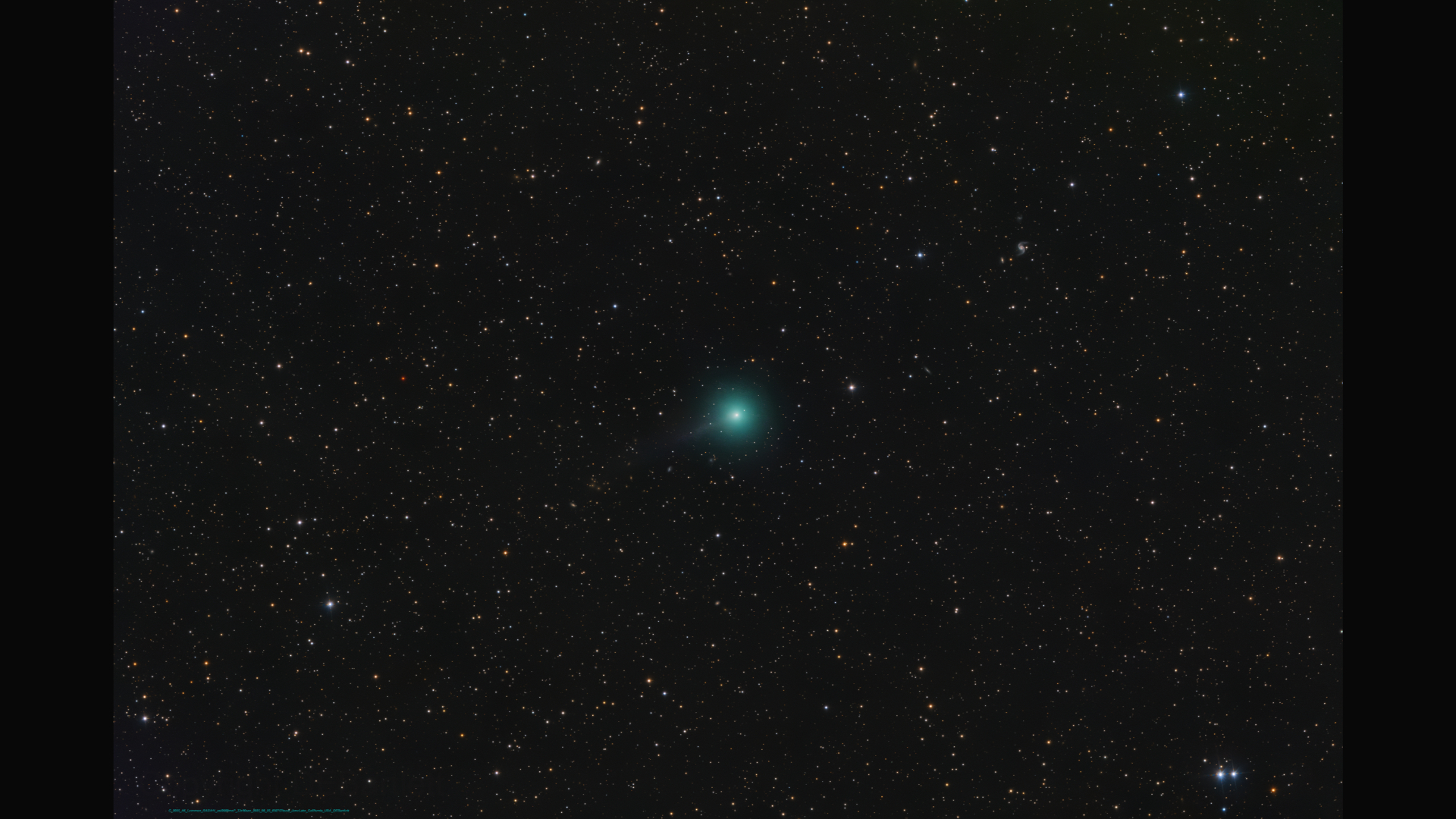
Astrophotographers are unveiling stunning new images of Comet C/2025 A6 (Lemmon), which is now shining with enhanced brilliance in the October night sky.
Comet Lemmon is currently exhibiting remarkable dynamism, with observers reporting noticeable transformations on an almost nightly basis. As the icy celestial body accelerates its trajectory toward the inner solar system, it is projected to intensify its luminosity and gradually expand in apparent size throughout October.
The object’s closest rendezvous with Earth, a phenomenon known as perigee, is scheduled for October 21. During this event, it will come within an estimated 55.4 million miles (89.2 million kilometers) of our planet.
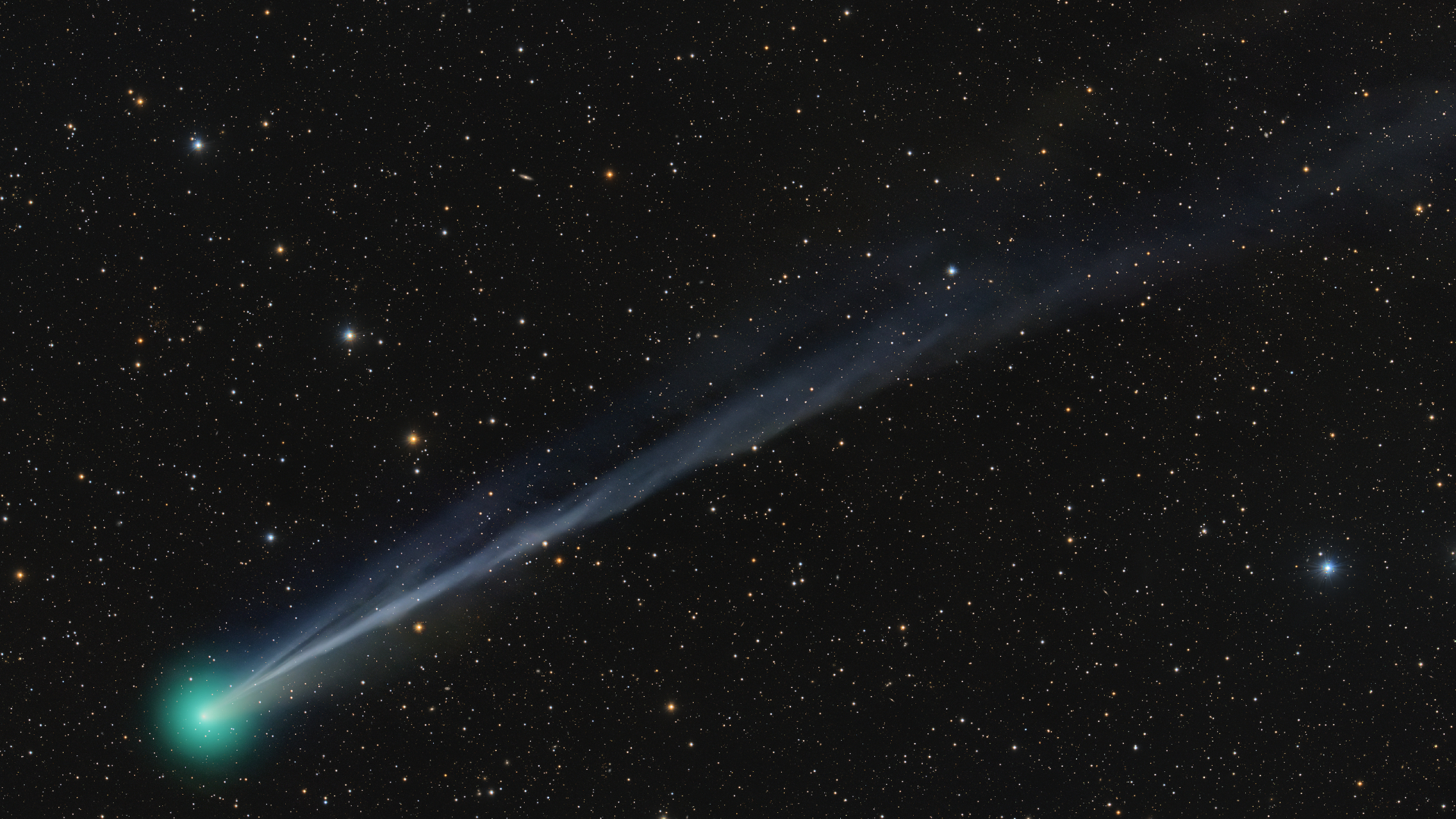
Accurately predicting the visual characteristics of a comet—its brightness, color, and the distinctive shape of its tail—is a notoriously complex endeavor. These dynamic features are not static; instead, they are shaped by a sophisticated interplay of factors. Key among these are the comet’s unique orbital path, its precise angle relative to both Earth and the sun, and, fundamentally, the specific composition of its icy nucleus. At its core, every comet is a pristine relic of the early solar system, a primordial clump comprising a mixture of dust, rock, and frozen gases, remarkably similar to the particulate matter that forms Saturn’s iconic rings.
Solar radiation heats a comet’s icy nucleus, causing the ice to vaporize and unleash jets of gas and dust that sculpt its distinctive tail. In the case of Comet Lemmon, early observations reveal its tail is largely composed of gas, imparting a faint bluish hue and a notably thin, straight appearance that extends directly away from the sun.
Comets that eject substantial quantities of dust become particularly striking celestial objects, primarily because their impressive dust tails glow with remarkable brightness. This luminous dust tail itself is a broad, flat expanse of material, unfurling within the plane of the comet’s orbit and positioned immediately adjacent to its companion gas tail.
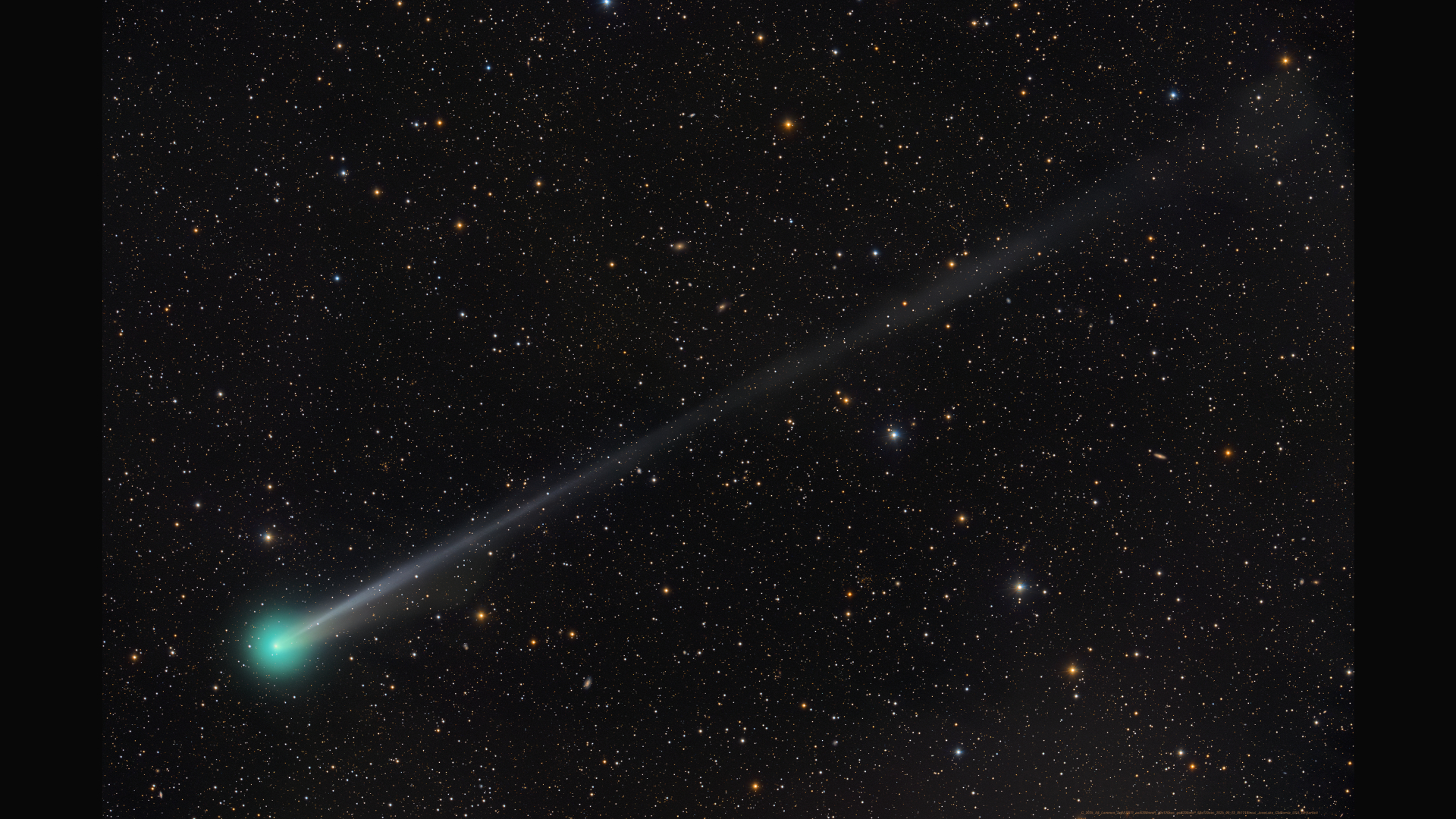
The comet’s appearance has garnered widespread approval, with the vast majority of reviews received thus far reporting a highly favorable impression.
Despite the intense illumination from October’s full Supermoon, Comet Lemmon has proven a relatively straightforward object to observe with good binoculars, according to recent brightness estimates compiled by the Comet Observation Database (COBS). As of October 6, the comet’s brightness was consistently measured near magnitude +6.1. For reference, lower magnitude numbers denote brighter objects; the most brilliant stars, for instance, are rated at magnitude 0 or +1. Under ideal dark, moonless conditions, the naked eye can typically perceive objects down to about magnitude +6.
The celestial object’s head, or coma, spans approximately 8 minutes of arc, appearing roughly one-quarter the apparent size of the moon. While its tail is visually estimated at about 1 degree—or twice the moon’s width—long-exposure photography dramatically reveals its faint gas component to be far more extensive, stretching many times longer than what is discernible to the naked eye.
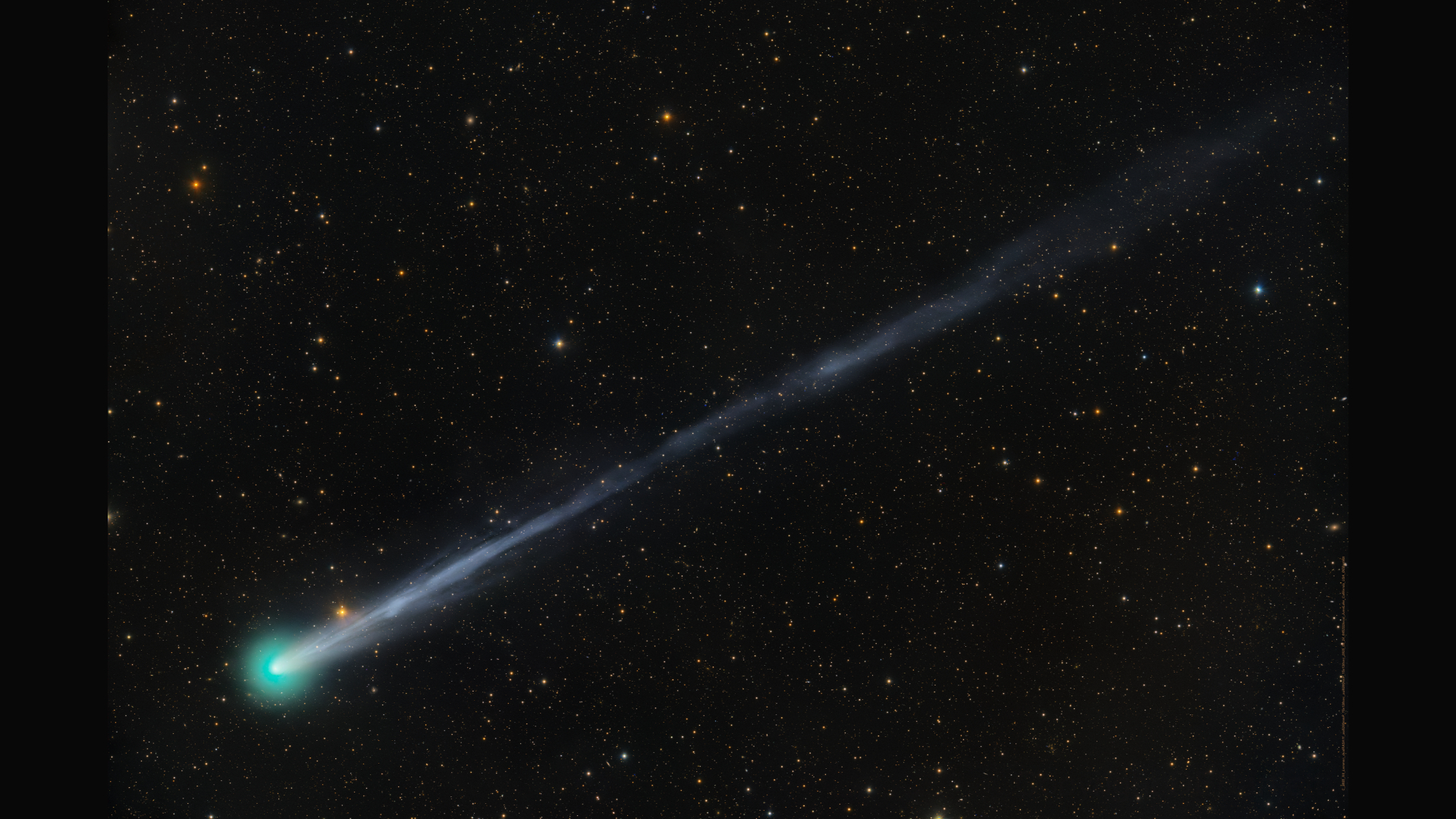
Comet Lemmon is currently a remarkable sight for early risers, observable in the pre-dawn sky approximately 90 minutes before sunrise. The celestial body is presently navigating the southern expanse of Ursa Major, also known as the Great Bear.
Nick James, director of the Comet Section of the British Astronomical Association, highlighted its impressive development, telling Spaceweather.com that the comet is “developing very nicely and it is already an impressive object, well-placed for observation in the morning sky.” He emphasized the viewing opportunity, affirming, “It is definitely worth getting up for!”
The full moon on October 6 posed difficulties for skywatchers, its intense brightness obscuring fainter celestial objects. However, viewing conditions are set to significantly improve as the lunar cycle advances. Following its last quarter phase on October 13, the moon will diminish to a slender crescent, ushering in considerably darker skies—ideal for observing elusive phenomena like comets.
Early risers will have an exceptional opportunity to locate Comet Lemmon on the morning of Thursday, October 16, thanks to its close proximity to a distinctive star. The comet will be positioned just one degree—roughly two moon widths—above Cor Caroli, the brightest star in the constellation Canes Venatici, also known as the Hunting Dogs. Shining brightly at magnitude +2.8, Cor Caroli provides a clear celestial marker for the comet. To find this pairing, observers should look to the northeast sky approximately 90 minutes before sunrise, where the Big Dipper will appear to be standing upright on its handle.

To pinpoint Cor Caroli, draw an imaginary diagonal line across the Big Dipper’s bowl, beginning from Dubhe (the upper-right star) and continuing through Phecda (the lower-left star). Extend this line downward, approximately doubling the initial distance between those two points. This projection will guide you to the vicinity of Cor Caroli. Once you have sighted Cor Caroli, aim your binoculars towards it; Comet Lemmon should then be observable positioned just above the star.
Evening skywatchers will have their first opportunity to observe Comet Lemmon beginning October 16. The comet is then anticipated to provide its finest display between October 22 and October 28. During this peak viewing period, it will be visible low in the west-northwest sky, appearing just after evening twilight concludes. Its celestial journey will see it traverse swiftly through the constellation Boötes the Herdsman, moving into Serpens the Serpent by October 24. At the close of twilight each evening, the comet will sit approximately 15 degrees above the horizon, an elevation roughly equivalent to one and a half fist-widths when measured at arm’s length.
On the evening of October 22, the comet will appear approximately two degrees to the left of Izar, also known as Pulcherrima. This notable double star is celebrated for its distinct yellow-and-blue color contrast, frequently likened to a blend of golden and sea-green hues.
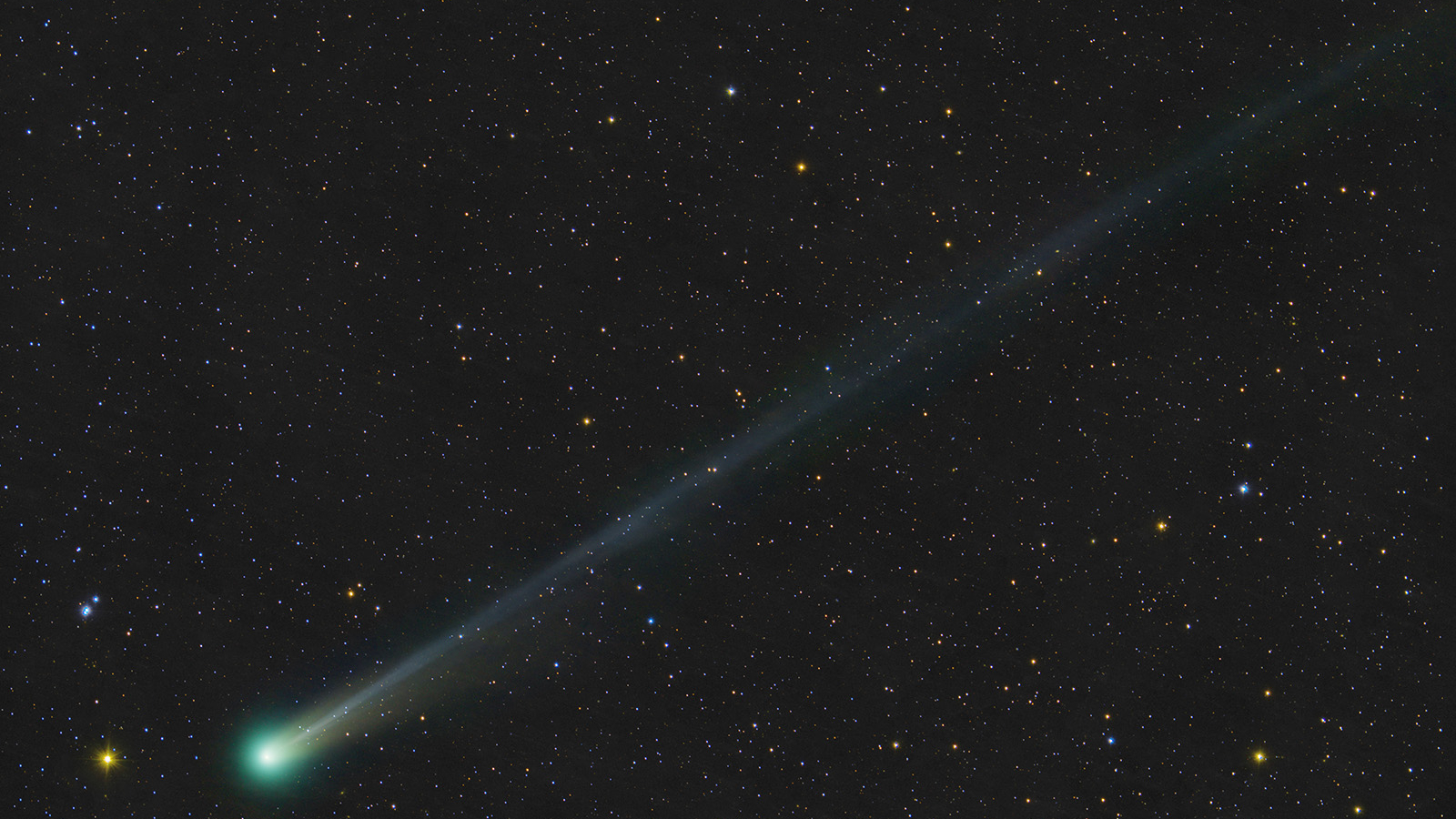
Between October 22 and October 28, Comet Lemmon is anticipated to reach its peak brightness, offering prime viewing opportunities for observers. During this period, the moon will present minimal interference, appearing as a subtle waxing crescent.
Expert predictions for the comet’s peak luminosity are currently being refined. Japanese specialist Seiichi Yoshida anticipates a maximum brightness of approximately +4 magnitude. However, Dutch comet expert Gideon Van Buitenen recently updated his forecast, now suggesting the celestial body could reach a brighter magnitude of +3.3. This increased luminosity would render the comet distinctly visible to the naked eye against a dark night sky. Adding to the anticipation, James expressed confidence that the comet will offer an excellent evening viewing experience during its brightest period, expected around the New Moon in late October.
For observers blessed with exceptionally dark skies, the comet’s visibility to the unaided eye could persist well into the first week of November. While the unpredictable nature of comets always presents the possibility of a rapid dimming or a sudden, unexpected brightening, such dramatic shifts are considered less likely. To date, the celestial visitor has performed consistently well, fueling optimism that Northern Hemisphere skygazers will continue to enjoy its presence for several more weeks.

For an unparalleled view of the comet, selecting a profoundly dark observing site is crucial. Prospective observers are advised to target the second and third weeks of April, when moonlight will be significantly diminished, offering the most favorable conditions for visibility.
The prevailing sentiment anticipates a successful undertaking, supported by ideal operational conditions.
A comprehensive skywatching guide offers detailed techniques for photographing and observing comets.
Joe Rao is an instructor and guest lecturer at New York’s Hayden Planetarium. He is also a frequent contributor to astronomy literature, with his articles appearing in publications such as *Natural History* magazine and *Sky & Telescope*.
Space.com encourages readers to submit their captivating photographs of Comet Lemmon (C/2025 A6). To share your visual observations with our audience, please forward your photo(s), any accompanying comments, your name, and location to spacephotos@space.com.




